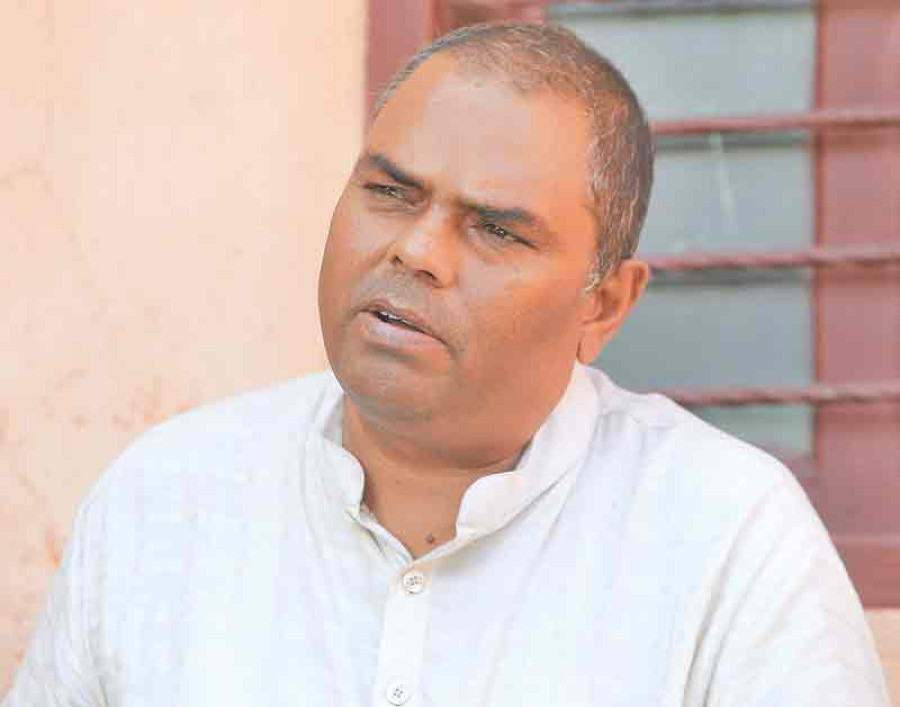Miscellaneous
Champion of identity politics
Madhes witnessed three consecutive uprisings between 2007 and 2015 which also saw the remarkable rise of a charismatic Madhesi leader—Upendra Yadav—in national politics.
Chandan Kumar Mandal
Madhes witnessed three consecutive uprisings between 2007 and 2015 which also saw the remarkable rise of a charismatic Madhesi leader—Upendra Yadav—in national politics.
Yadav has been politically active since the 1980s, but his name was almost unheard of in Nepali politics until 2007. The rise of Upendra Yadav as the leader of marginalised communities, especially Madhesi, has been unprecedented.
The one-time high school mathematics teacher in Biratnagar suddenly hit the national headlines and took centre stage in January 2007. This was not only a high point for Yadav in his not-so-impressive political career, but it would shape and guide national politics in the years to come.
Yadav and other activists from the Madhesi Janadhikar Forum (MJF) were arrested from Maitighar Mandala in Kathmandu after they burnt a copy of the Interim Constitution to express their dissatisfaction as it did not include the provision of federalism which many Madhesis like Yadav believed to be a step towards autonomy.
After his arrest, Madhes erupted in protests, districts in the plains observed complete shutdowns, the government imposed curfews, lives were lost and thousands of Madhesis poured out on to the streets demanding their rights.
The Madhes Movement concluded with the constitutional guarantee of federalism, proportional representation, improved election system with proportional electorate system, and fair share of political rights for Madhesis and other marginalised communities in the state apparatus,Since then, Yadav has undeniably been the paramount leader of Madhes. Many give him credit for federalism and increased representation of Madhesis in Nepali politics and the state, thus making the Nepali state more inclusive.
—By Chandan Kumar Mandal




 5.44°C Kathmandu
5.44°C Kathmandu










